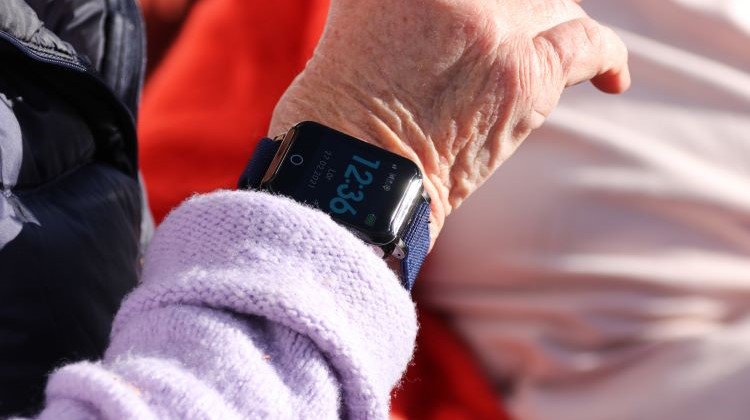How Is Parkinson’s Treated? – An Overview of Current Options
Parkinson’s disease is a chronic, progressive neurological condition that cannot be cured – but there are many ways to manage the symptoms and improve quality of life.
Treatment is always tailored to the individual and often involves a combination of medication, rehabilitation, sometimes surgery, and ongoing psychosocial support. Here’s an overview of the most common treatment methods – including how they are adapted when cognitive symptoms appear.
Medication – the Foundation of Treatment
Most people with Parkinson’s begin with dopamine-related medications, since the disease is linked to a lack of dopamine in the brain.
Common medications include:
-
Levodopa – the most effective medication, converted into dopamine in the brain. Often combined with other agents to prolong the effect.
-
Dopamine agonists – mimic the effect of dopamine.
-
MAO-B and COMT inhibitors – help preserve dopamine activity.
-
Anticholinergics – sometimes used for tremors, mostly in younger patients.
Medications are adjusted over time as symptoms evolve and side effects need to be managed.
DBS – Brain Surgery for Advanced Symptoms
For those with severe motor symptoms that are no longer well-controlled by medication, Deep Brain Stimulation (DBS) may be an option.
This involves implanting electrodes in specific parts of the brain, connected to a small device that sends electrical pulses to regulate motor function. DBS can significantly reduce tremors, stiffness, and “off” episodes – but it is not suitable for everyone, especially not for those with significant dementia or cognitive decline.
Rehabilitation – for Movement and Independence
Physiotherapy, occupational therapy, and speech therapy are key components of Parkinson’s care:
-
Physiotherapists help maintain mobility, posture, and balance
-
Occupational therapists adapt daily routines and environments
-
Speech therapists address swallowing difficulties and voice problems
Rehabilitation should begin early and continue throughout the disease – ideally as part of a coordinated care team.
Parkinson’s and Dementia – When Thinking Is Affected
One often-overlooked aspect of Parkinson’s is its cognitive effects. Over time, many people develop Parkinson’s dementia, which affects memory, attention, planning, and may include hallucinations.
Treatment in these cases requires:
-
Adjusting Parkinson’s medications (some can worsen hallucinations)
-
Sometimes adding dementia medications like cholinesterase inhibitors
-
Creating daily structure and communication support
-
Increasing support at home or in specialized care settings
The combination of physical and cognitive symptoms places a high demand on caregivers and healthcare providers. A whole-person approach is essential – focusing not just on movement, but on the mind and emotions too.
Psychosocial Support – Just as Important
Living with Parkinson’s affects mental and emotional health. Fatigue, anxiety, depression, and social isolation are common – not just for the person with Parkinson’s, but for family and loved ones.
Support can include:
-
Access to a counselor or psychologist
-
Peer support or family groups
-
Ongoing education about the disease
-
A stable, knowledgeable healthcare contact
Treating Parkinson’s isn’t just about medication – it’s about building a life around the disease.
When Parkinson’s affects both body and mind, collaboration, patience, and the right support make all the difference. Whether the challenge is movement, speech, or memory, there are ways to create safety and meaning.
As with dementia, the key is a holistic approach – where care is more than clinical, and where human connection is just as healing as any therapy.
Sensorem’s safety alarm has GPS positioning, medication reminders and automatic fall alarm
Sensorem’s personal alarm is an example of a technical aid specially developed for people with dementia. The personal alarm works outdoors and has built-in GPS positioning so that relatives can see the user’s position on a map in the Sensorem app. Relatives are automatically called by the personal alarm (two-way communication) if the user leaves a predetermined geographical area. The personal alarm also has medication reminders, which means that the watch emits a sound and tells the user that it is time to take their medication. The personal alarm can also alert automatically in the event of a fall with the built-in fall sensor.
READ ABOUT HOW SENSOREMS PERSONAL ALARM CAN HELP WITH DEMENTIA

